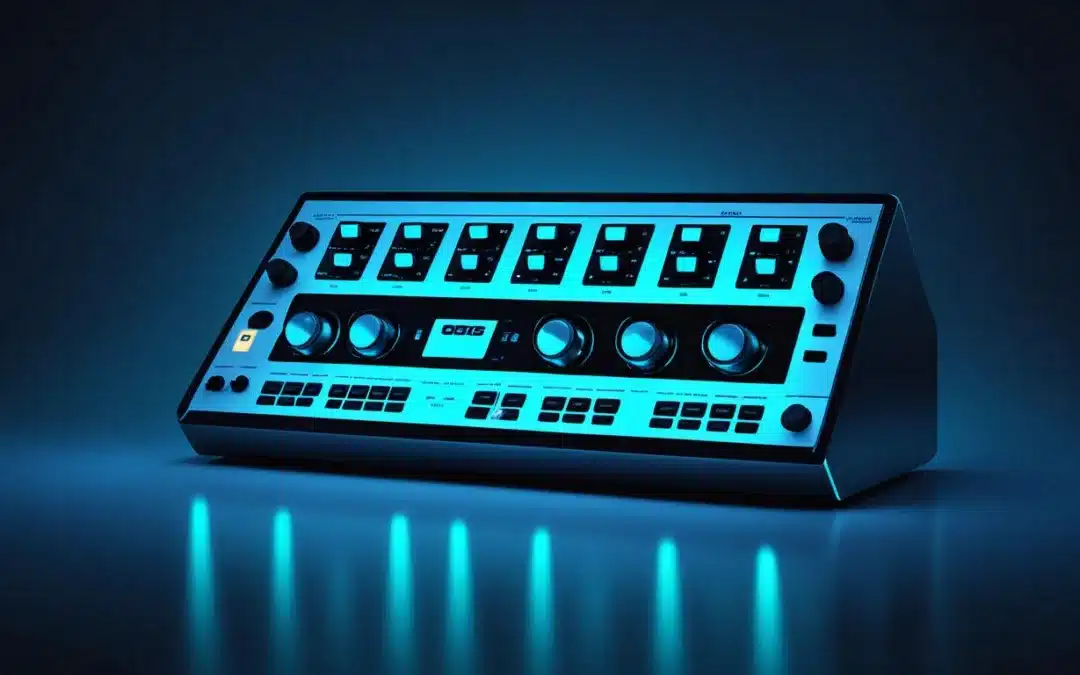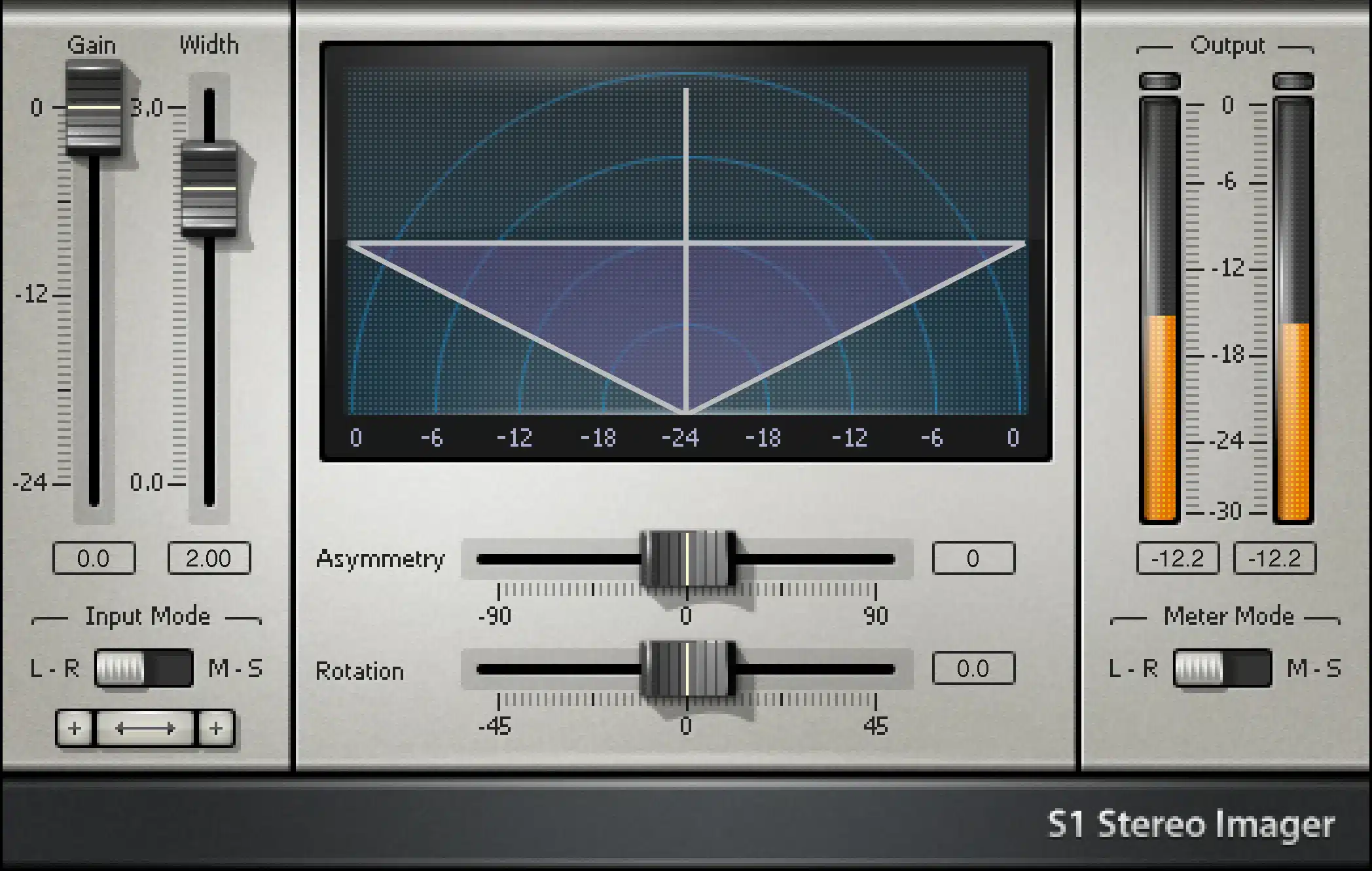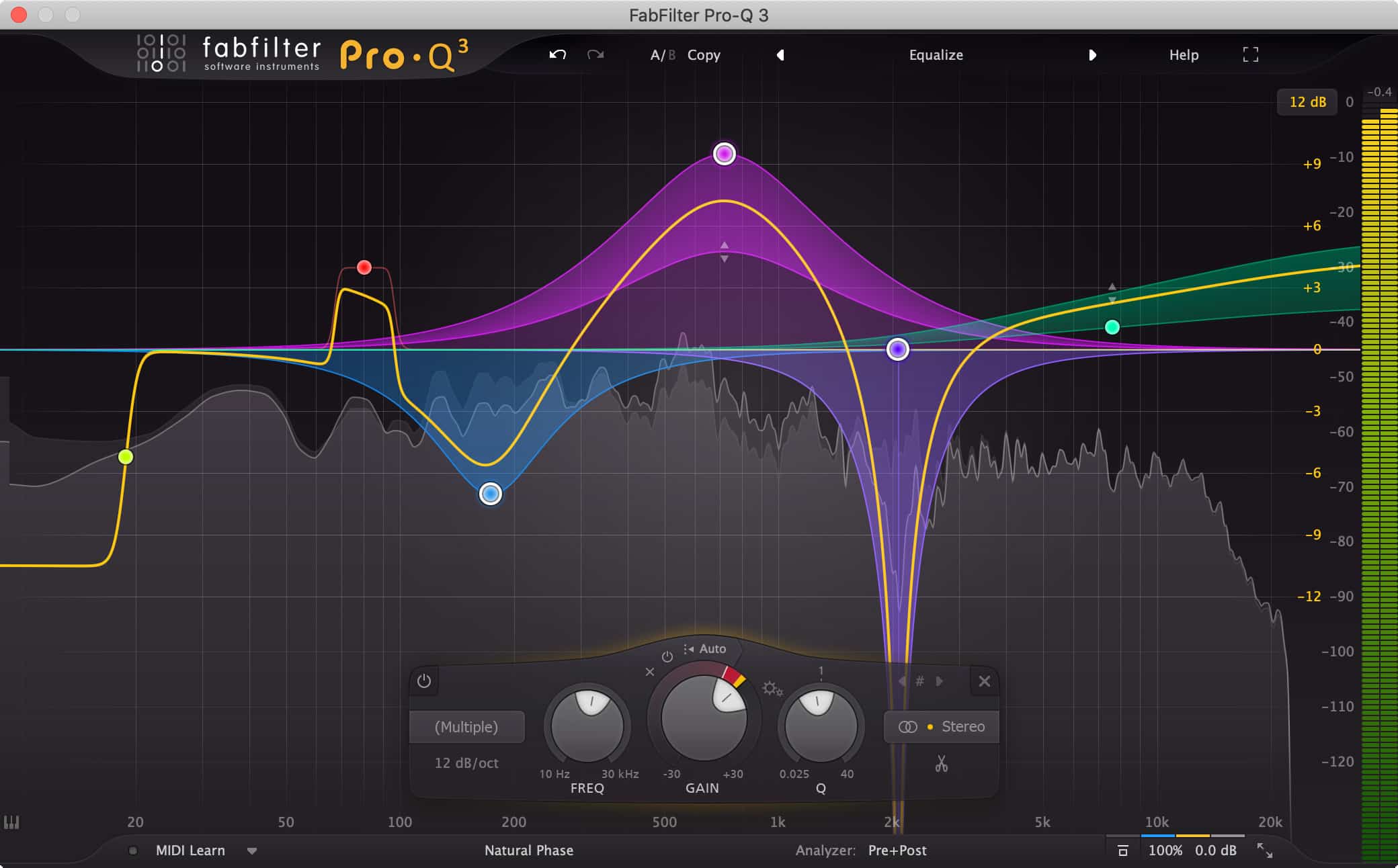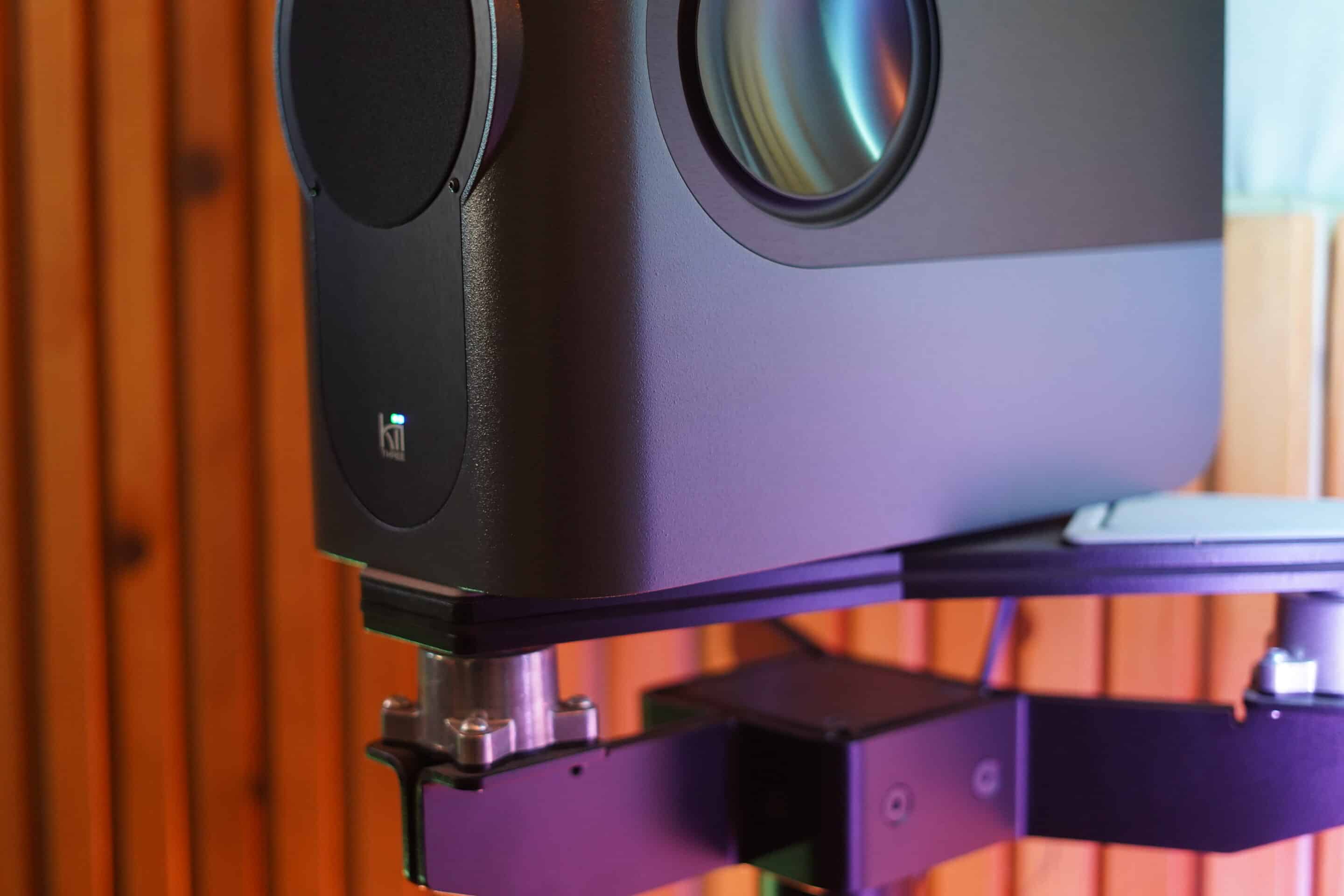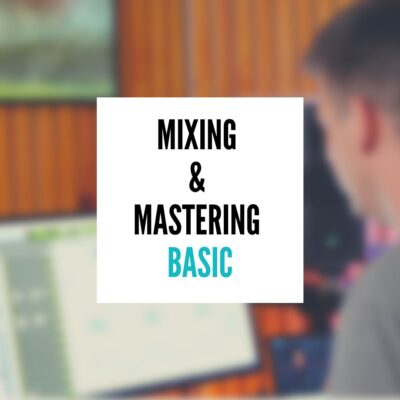The iconic 808 drum machine, also known as the Roland TR-808, has had a transformative impact on the music industry. Its distinct drum sounds, especially the deep and resonant bass drum, have shaped genres like hip-hop, EDM, and electronic pop. Despite facing commercial failure initially, the 808’s influence is undeniable, with its beats being featured in iconic songs by artists like Marvin Gaye, Afrika Bambaataa, and Kanye West.
Key Takeaways:
- The Roland TR-808 drum machine played a significant role in shaping genres such as hip-hop, EDM, and electronic pop.
- The 808 is known for its distinct drum sounds, particularly its deep and resonant bass drum.
- Iconic songs like Marvin Gaye’s “Sexual Healing” and Kanye West’s “Love Lockdown” feature the 808 drum machine.
- The Roland TR-808 initially faced commercial failure but eventually gained popularity and became a staple in music production.
- The enduring influence of the 808 can be heard in modern music through the remaking and remixing of classic beats.
The Origins of the 808
The 808 drum sounds originated from the Roland TR-808 drum machine, which was released in the early 1980s. Unlike other drum machines of the time, the 808 used analog synthesis to create its unique sounds.
While it initially faced criticism and slow sales, it gained popularity as musicians recognized its potential and began incorporating it into their music.
The 808’s deep and resonant bass drum sound is one of its most cherished features.
“The Roland TR-808 drum machine offers a truly unique and powerful sonic palette. Its analog synthesis capability sets it apart from its competitors, allowing musicians to create sounds that are unlike anything else. The 808’s impact on popular music cannot be overstated. It has shaped genres, influenced countless artists, and left an indelible mark on the history of music production.”
Key Features of the Roland TR-808
| Feature | Description |
|---|---|
| Analog Synthesis | The 808 uses analog circuitry to generate its sounds, resulting in rich and warm tones. |
| Resonant Bass Drum | The 808’s bass drum produces a deep, booming sound that is instantly recognizable. |
| Flexible Sequencing | Users can program complex patterns and rhythms using the 808’s intuitive sequencer. |
| Real-Time Control | The 808 offers hands-on control over various parameters, allowing for dynamic sound manipulation. |
| Iconic Sounds | The 808’s unique drum sounds have become iconic and have been widely used in popular music. |
Examples of 808s in Popular Music
The 808 drum machine has made its mark in popular music through the inclusion of its iconic beats in numerous hit songs across different genres. Here are some noteworthy examples that showcase the power and influence of the 808:
- Marvin Gaye’s “Sexual Healing”: This timeless classic features the dominant presence of the 808 kick drum, delivering a deep and pulsating rhythm that adds a seductive groove to the song.
- Afrika Bambaataa & The Soulsonic Force’s “Planet Rock”: Instantly recognizable, this groundbreaking track introduced the world to the iconic 808 cowbell pattern, revolutionizing the sound of hip-hop and electro-funk.
- Beastie Boys’ “Paul Revere”: Known for their innovative use of samples and beats, the Beastie Boys incorporated various 808 elements, including the bass drum, snare, handclaps, and percussion, creating a unique and infectious rhythmic backdrop.
- Kanye West’s “Love Lockdown”: Evoking a sense of raw emotion, this song features a sustained 808 bass sound, adding depth and intensity to Kanye’s introspective lyrics and capturing the attention of listeners.
- Destiny’s Child’s “Say My Name”: The 808 takes center stage in this chart-topping hit, playing a pivotal role in the catchy hook and contributing to the song’s undeniable appeal and infectious energy.
These examples illustrate the timeless allure and creative possibilities that the 808 drum machine offers to artists across different eras and genres. The influence of these iconic 808 beats can still be felt in today’s music, serving as a testament to their lasting impact on popular culture.
How to Make an 808 Beat
Creating 808 beats is an art form that requires careful attention to detail. From selecting the right samples to understanding the intricacies of carving out frequencies, each step contributes to crafting a powerful and captivating beat. In this section, we will explore the key elements involved in making an 808 beat, including selecting samples, tuning samples, carving out frequencies, utilizing ADSR, and understanding the playback system.
Selecting Samples
When creating an 808 beat, it is crucial to choose samples that complement the other elements of your composition. The samples you select will determine the overall vibe and energy of your beat. Experiment with different variations and genres to find the perfect fit for your production.
Tuning Samples
Once you have selected your samples, tuning them to match the key of your song is essential. This ensures that your 808s harmonize with the rest of your composition, creating a cohesive and polished sound. Use pitch-shifting techniques or sample manipulation tools to fine-tune your samples for optimal integration.
Carving Out Frequencies
Carving out frequencies is a critical step in making your 808s stand out in the mix. By applying equalization (EQ) techniques, you can enhance the deep, powerful low-end of your 808s and prevent frequency clashes with other elements in your mix. Carefully sculpt the frequencies to achieve clarity and balance in your beat.
Utilizing ADSR
The ADSR (Attack, Decay, Sustain, Release) envelope controls on your synthesizer or sampler play a crucial role in shaping the dynamics and character of your 808s. Adjusting the attack time, decay, sustain level, and release can create unique sonic effects, adding depth and texture to your beat. Experiment with different envelope settings to achieve the desired impact.
Understanding the Playback System
Consideration of the playback system is vital to ensure that your 808 beat translates well across different platforms. Keep in mind that what sounds impactful in the studio might not have the same effect when played through various speakers or headphones. Make necessary adjustments to your mix to ensure that your 808s cut through the mix and are audible on different playback systems.
Mastering the art of creating 808 beats is a journey that requires practice and experimentation. By selecting the right samples, tuning them to match your song, carving out frequencies, utilizing ADSR, and understanding the playback system, you can create captivating and professional-sounding beats that resonate with your audience.
The Influence of the 808 on Music Genres
The Roland TR-808 drum machine has made a significant impact on the music industry, particularly in the genres of hip-hop, electronic dance music (EDM), and trap. Its unique sounds and versatility have played a vital role in shaping the sonic identity of these genres, making the 808 synonymous with their production.
In hip-hop, the 808 has become an integral component of the genre’s signature beats. Its thundering basslines add depth and energy, creating the foundation for many iconic tracks. Artists like Run-D.M.C., Public Enemy, and Dr. Dre have utilized the 808’s distinctive sounds to craft classic hip-hop hits.
Similarly, electronic dance music owes much of its sonic landscape to the influence of the 808. From the pulsating kicks of house music to the driving basslines of techno, the 808’s impact can be heard throughout the EDM genre. Producers such as Daft Punk, The Chemical Brothers, and Kraftwerk have all embraced the 808’s capabilities to create infectious and dance-worthy tracks.
In the world of trap music, the 808 reigns supreme. Known for its heavy bass and booming kicks, trap music draws heavily from the 808’s sonic palette. Artists like T.I., Young Jeezy, and Future have incorporated the iconic 808 beats into their tracks, creating a genre known for its hard-hitting sound and captivating rhythm.
The 808 drum machine has become a staple in hip-hop, EDM, and trap, shaping the sound of these genres and leaving an indelible mark on music history.
The 808’s influence extends beyond these specific genres, permeating through various styles of music. Its impact can be heard in pop music, rock, and even contemporary R&B. The 808’s versatility and timeless appeal have allowed producers across generations and genres to continue using it to create impactful and memorable beats.
Iconic Tracks Featuring the 808
| Genre | Artist | Song |
|---|---|---|
| Hip-Hop | Beastie Boys | “Paul Revere” |
| EDM | Afrojack | “Take Over Control” |
| Trap | Migos | “Bad and Boujee” |
| Pop | Katy Perry | “Teenage Dream” |
| R&B | The Weeknd | “Can’t Feel My Face” |
The enduring legacy of the 808 drum machine is a testament to its significance in music history. Its influence on hip-hop, EDM, trap, and other genres is undeniable, and its sonic characteristics continue to inspire and shape the sound of contemporary music.
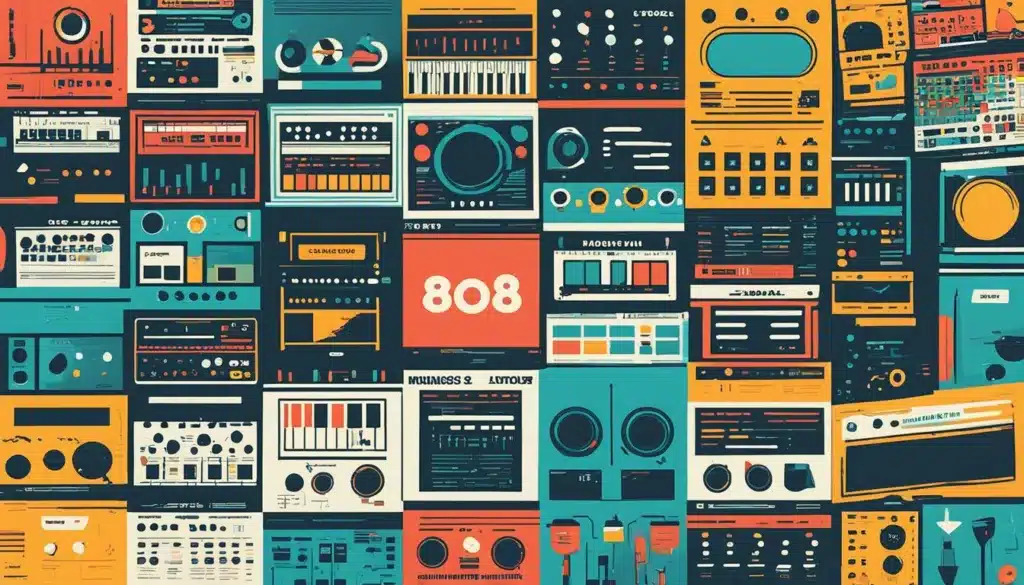
The Legacy of the 808
Despite its initial commercial failure, the 808 drum machine has left an indelible mark on the music industry that transcends time. Its timeless quality and distinctive sounds have made it a favorite among beatmakers and producers across generations, solidifying its iconic status in the realm of drum machines.
When examining the 808’s legacy, one cannot ignore its profound influence on countless hit songs. From Whitney Houston’s “I Wanna Dance With Somebody” to Drake’s “God’s Plan,” the 808’s unmistakable sound has graced chart-topping tracks and left an imprint on musical history.
The enduring appeal of the 808 lies in its ability to shape and define genres. Its deep, resonant bass and unique percussive timbres have become synonymous with the sound of hip-hop, electronic dance music, and beyond. The 808’s timeless quality has allowed it to remain relevant in an ever-evolving music landscape, captivating both seasoned producers and emerging talents.
“The 808 is more than just a drum machine; it represents a timeless sonic universe that continues to inspire and captivate.” – DJ and producer
Beatmakers across generations embrace the 808 for its versatility and the unrivaled impact it brings to their compositions. Its ability to create infectious beats and provide that classic thump has made it an essential tool in the arsenal of aspiring music creators.
The 808’s legacy transcends technological advancements and shifts in popular music trends. Its timeless appeal and enduring influence ensure that it will forever hold a special place in the hearts and studios of musicians and producers worldwide.
Historical Predecessors of the 808
While the 808 is widely recognized as an iconic drum machine, its origins can be traced back to earlier mechanical bands and innovative instruments. Let’s explore the historical predecessors that paved the way for the groundbreaking 808.
Ismail al-Jazari’s Mechanical Bands
In the 12th century, Ismail al-Jazari, a polymath from the Islamic Golden Age, created mechanical bands that utilized water pressure to generate melody and rhythm. These intricate machines were marvels of engineering, featuring various musical instruments powered by hydraulic mechanisms. Although far removed from the electronic world of drum machines, al-Jazari’s mechanical bands provided an early glimpse into the possibilities of automated music creation.
Leon Theremin’s Rhythmicon
In 1931, Russian inventor Leon Theremin introduced the Rhythmicon, an instrument that allowed musicians to program beats using a keyboard and rotating wheels. The Rhythmicon was a groundbreaking achievement in electronic music, featuring a complex system of resonators that produced unique and rhythmic tones. Although not directly related to drum machines, Theremin’s invention demonstrated the potential for mechanical devices to generate programmed rhythms, foreshadowing the capabilities of future drum machines like the 808.
Harry Chamberlin’s Rhythmate
Fast forward to 1949 when Harry Chamberlin introduced the Rhythmate, a device that utilized magnetic tape loops containing recordings of a drummer playing different rhythms. The Rhythmate was a significant step forward in achieving realistic and dynamic drum sounds without the need for an actual drummer. Although it had limited commercial success, Chamberlin’s invention laid the groundwork for incorporating pre-recorded drum beats into electronic instruments, an essential aspect of drum machines like the 808.
Wurlitzer Sideman
In 1959, the Wurlitzer Sideman entered the stage, offering electronic imitations of popular rhythms on a rotating disc. This drum machine produced a variety of percussive sounds generated dynamically by the spinning disc, enabling musicians to integrate rhythm patterns into their compositions easily. Although the Sideman was relatively simple compared to modern drum machines, it was one of the first examples of a standalone rhythm unit that paved the way for subsequent innovations in drum machine technology.
Linn LM-1 Drum Computer
Finally, in 1980, designer and engineer Roger Linn introduced the Linn LM-1 Drum Computer, a breakthrough in drum machine technology. The LM-1 was the first drum machine to include digitally recorded snippets of real drums, resulting in a more realistic and natural sound. This groundbreaking innovation set the stage for the development of the Roland TR-808 drum machine, which would later become an integral part of popular music history.
While the 808 is undoubtedly a monumental drum machine, acknowledging its predecessors sheds light on the evolution of rhythm-generating devices and further emphasizes the incredible impact and influence of this iconic instrument.
| Predecessor | Description |
|---|---|
| Ismail al-Jazari’s Mechanical Bands | 12th-century mechanical bands that used water pressure to produce melody and rhythm. |
| Leon Theremin’s Rhythmicon | Invented in 1931, allowed musicians to program beats using a keyboard and rotating wheels. |
| Harry Chamberlin’s Rhythmate | Introduced in 1949, utilized magnetic tape loops with pre-recorded drum beats. |
| Wurlitzer Sideman | Released in 1959, offered electronic imitations of popular rhythms on a rotating disc. |
| Linn LM-1 Drum Computer | Developed in 1980, the first drum machine to include digitally recorded snippets of real drums. |
The Impact of the 808’s Commercial Failure
Despite its revolutionary impact on music production, the 808 faced commercial failure due to its high price and criticism regarding its synthetic sound. However, this commercial failure ultimately led to its popularity. As established musicians began to sell their 808s at secondhand stores, the machine became more affordable and accessible to young musicians. This opened doors for the 808’s influence to extend into new genres and generations, as it became a staple in genres like hip-hop and electronic dance music.
The Enduring Influence of the 808
The Roland TR-808 drum machine has had an enduring influence on music production, making its mark as a timeless tool in the industry. Its distinctive sounds and versatility have shaped the sound of contemporary music, so it’s no wonder that the 808 continues to be revered by producers and musicians.
One of the ways the enduring influence of the 808 is evident is through the remake of classic beats. Producers often recreate iconic 808 beats to capture the nostalgic and timeless quality of the drum machine. By keeping the essence of these classic beats alive, artists pay homage to the influence and impact of the 808 on music history.
Furthermore, the 808’s impact on remix culture has allowed for continuous experimentation and reinterpretation of its iconic beats. Remixing older songs that feature the 808 allows artists to breathe new life into the music, bringing a fresh perspective and vibe to the original composition. This remix culture ensures that the 808 remains relevant and adaptable, even in the ever-evolving landscape of music production.
“The 808 drum machine is like a time capsule of musical inspiration. It’s incredible how these classic beats can be reimagined and remade to fit modern soundscapes while still retaining their essence.” – Producer and DJ
The enduring influence of the 808 can be visualized in the following table, which showcases some of the notable tracks featuring 808 beats:
| Song | Artist | Genre |
|---|---|---|
| “Planet Rock” | Afrika Bambaataa & The Soulsonic Force | Hip-Hop, Electro |
| “Vogue” | Madonna | Pop, Dance |
| “In Da Club” | 50 Cent | Hip-Hop |
| “Runaway” | Kanye West | Hip-Hop, Art Pop |
| “Bad Guy” | Billie Eilish | Pop |
As demonstrated by the table and the continued use of the 808 in modern music, its enduring influence on music production is a testament to its timeless and transformative qualities. The 808 will always hold a special place in the heart of music creators and listeners alike.
The Future of 808-Inspired Beats
As the music industry continues to evolve, the future of 808-inspired beats holds great promise. Producers and beatmakers are constantly pushing the boundaries of how the 808 drum machine can be incorporated into new and emerging genres. Its unique sounds and versatility make it a timeless tool in music production.
With continued innovation and advancements in technology, the 808 is likely to inspire and shape the sound of future music. As new music genres evolve, the 808 has the ability to adapt and thrive, bringing its iconic beats to new audiences.
The enduring influence of the 808 can be seen in how it has shaped and defined genres like hip-hop, electronic dance music, and trap. Producers have harnessed the power of the 808 to create groundbreaking beats and basslines that have become synonymous with these genres.
Furthermore, the evolution of music production techniques and equipment will undoubtedly play a role in the future of 808-inspired beats. As technology advances, new tools and software will allow for even greater creativity and experimentation with the 808, opening up new possibilities for musicians and producers.
Whether it’s through the integration of artificial intelligence or the development of innovative sampling techniques, the future of 808-inspired beats promises to be exciting and filled with continued innovation.
| Advancements | Potential Impact |
|---|---|
| Improved sound design and synthesis technology | More realistic and customizable 808 sounds |
| Integration with virtual reality and immersive audio experiences | Enhanced spatial and interactive 808 beats |
| AI-assisted music production | Efficient creation and manipulation of 808 beats |
| Advanced sequencing and performance features | Live improvisation and dynamic 808 performances |
As genres continue to evolve, the 808 will likely play a significant role in shaping the sound of future music. Its enduring presence and ability to adapt to evolving musical landscapes make it a staple in the toolkit of musicians and producers worldwide.
Conclusion
The Roland TR-808 drum machine, with its unique sounds and versatility, has undeniably shaped the landscape of music production and left an indelible mark on popular music. Despite facing initial commercial failure, the 808 has become a cherished and iconic instrument, cherished by producers and musicians across generations.
From its deep and resonant bass drum to its distinct drum sounds, the 808 has been a driving force behind genres such as hip-hop, EDM, and electronic pop. Its influence can be heard in legendary songs like Marvin Gaye’s “Sexual Healing,” Afrika Bambaataa’s “Planet Rock,” Beastie Boys’ “Paul Revere,” Kanye West’s “Love Lockdown,” and Destiny’s Child’s “Say My Name.”
The legacy of the 808 is a testament to the transformative power of music technology and the enduring creativity of artists. Its enduring influence continues to inspire and shape the sound of contemporary music, with producers remixing classic beats and pushing the boundaries of how the 808 can be integrated into evolving genres. The 808’s impact on the music industry will continue to be felt for years to come, as it remains a timeless tool cherished by musicians and beatmakers alike.
FAQ
What is an 808 drum machine?
The 808 drum machine, also known as the Roland TR-808, is a drum machine that gained popularity in the early 1980s. It is renowned for its unique analog drum sounds, particularly its deep and resonant bass drum. The 808 played a significant role in shaping genres such as hip-hop, EDM, and electronic pop.
How did the 808 originate?
The 808 drum sounds originated from the Roland TR-808 drum machine, which was released in the early 1980s. Unlike other drum machines of the time, the 808 used analog synthesis to create its distinctive sounds.
Can you give examples of songs that feature the 808?
Certainly! Some iconic songs that prominently feature the 808 drum machine include Marvin Gaye’s “Sexual Healing,” Afrika Bambaataa’s “Planet Rock,” Beastie Boys’ “Paul Revere,” Kanye West’s “Love Lockdown,” and Destiny’s Child’s “Say My Name.”
How can I create an 808 beat?
To create an 808 beat, it is important to select the right samples that harmonize with the other elements of your composition. Pre-tuned samples should be used and can be adjusted in pitch to match the key of the song. EQ techniques can be applied to enhance the deep, powerful low-end of the 808s and to avoid frequency clashes with other elements in the mix. Manipulating the envelope controls allows for adjustments in attack time and decay, which can create unique sonic effects. Considering the playback system is crucial, as adjustments may need to be made to ensure the 808 is audible on different platforms.
How has the 808 influenced music genres?
The 808 has had a profound influence on various music genres, particularly in hip-hop, electronic dance music (EDM), and trap. Its distinctive sounds and versatility have shaped the sonic identity of these genres and have become synonymous with their production.
What is the legacy of the 808?
Despite its initial commercial failure, the 808 has left a lasting legacy in the music industry. Its timeless quality and distinctive sounds have made it a favorite among beatmakers and producers across generations. The 808’s influence can be heard in countless hits, and its impact on music production and its ability to shape and define genres make it an iconic and revered drum machine.
Are there any historical predecessors to the 808 drum machine?
Yes, there are several historical predecessors to the 808. These include mechanical bands created in the 12th century by Ismail al-Jazari, Leon Theremin’s Rhythmicon developed in 1931, Harry Chamberlin’s Rhythmate introduced in 1949, the Wurlitzer Sideman released in 1959, and the Linn LM-1 Drum Computer designed by Roger Linn in 1980.
How did the 808’s commercial failure impact its popularity?
The 808 initially faced commercial failure due to its high price and criticism regarding its synthetic sound. However, this commercial failure ultimately led to its popularity. As established musicians began to sell their 808s at secondhand stores, the machine became more affordable and accessible to young musicians. This opened doors for the 808’s influence to extend into new genres and generations, as it became a staple in genres like hip-hop and electronic dance music.
How has the 808’s influence endured over time?
The enduring influence of the 808 can be seen in how its sounds continue to be used and remade in modern music production. Producers often recreate classic 808 beats or remix older 808-driven songs to capture the nostalgic and timeless quality of the drum machine. The 808’s impact on remix culture has allowed for continuous experimentation and reinterpretation of its iconic beats, ensuring its place in the evolution of music production.
What does the future hold for 808-inspired beats?
As the music industry continues to evolve, the future of 808-inspired beats remains promising. Producers and beatmakers are constantly pushing the boundaries of how the 808 can be incorporated into new and emerging genres. The versatility of the 808 and its ability to adapt to different styles and sounds make it a timeless tool in music production. As technology advances and new innovations emerge, the 808 will likely continue to inspire and shape the sound of future music.

